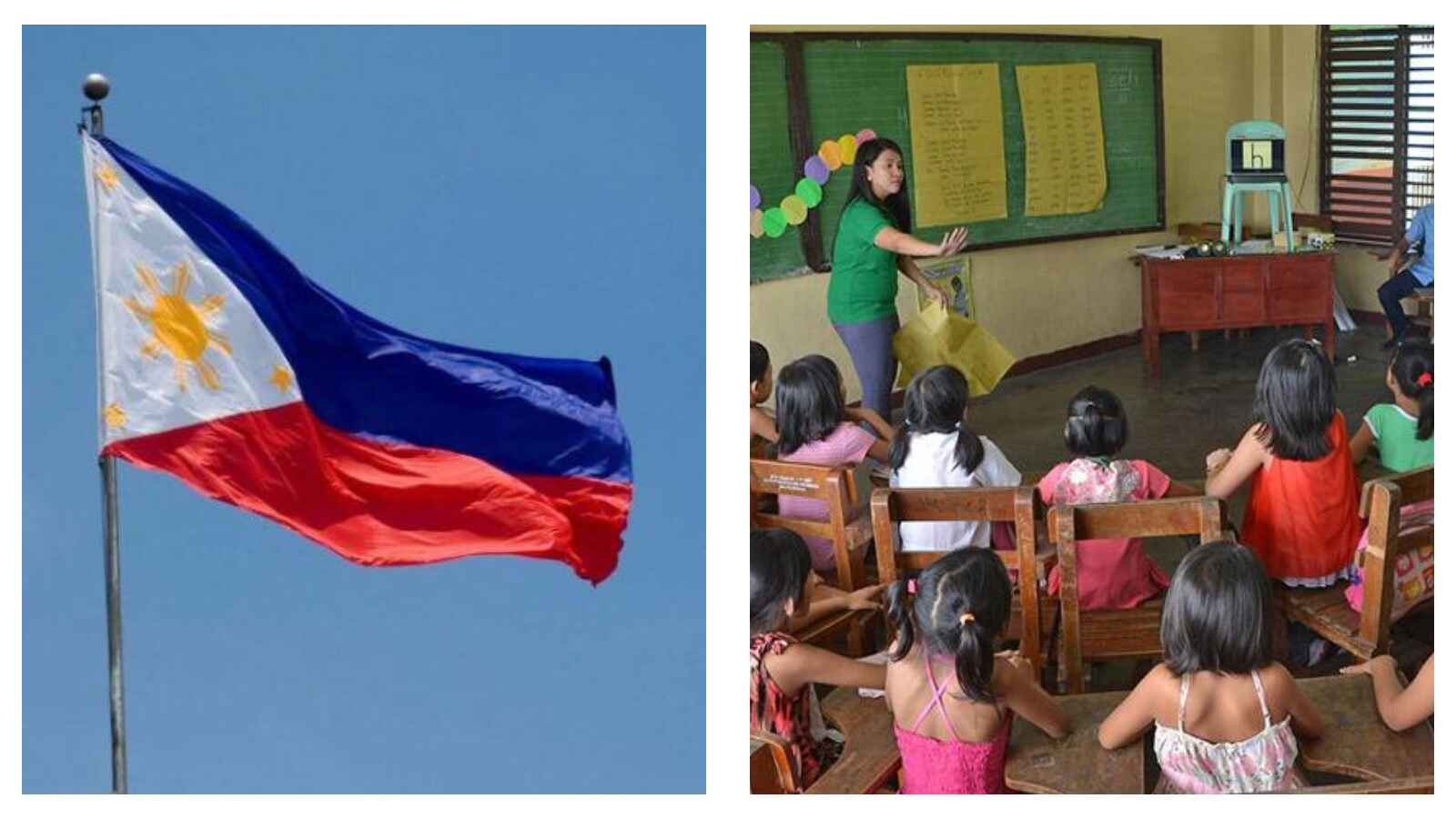By Jheruleene Anne Ramos
A Senate education panel was told last week that nearly 19 million Filipinos are considered “functionally illiterate,” based on data from the Philippine Statistics Authority (PSA). This underscores the worsening education crisis in the country.
The Functional Literacy, Education and Mass Media Survey (FLEMMS) revealed that around 18.96 million Filipinos – many of whom had completed junior and senior high school – were functionally illiterate in 2024.
Functional illiteracy refers to the ability to read and write simple words or sentences, but difficulty in understanding written instructions, comprehending short passages, or performing basic mathematical tasks.
Assistant National Statistician Adrian Cerezo also revealed that only 79 percent of senior high school graduates across the country in 2024 are considered “functionally literate,” exposing major gaps in the country’s education system.
Southern provinces face highest illiteracy rates
The FLEMMS data indicated that eight of the 10 provinces with the poorest literacy rates are in Mindanao, with about 117,000 people – or 36 percent of the population – unable to read, write or do basic computation.
Tawi-Tawi recorded the highest illiteracy rate at 67 percent, with Senator Sherwin Gatchalian noting that at least one in three residents there could not read, write, or compute.
Other provinces with alarmingly high illiteracy rates include Davao Occidental (23 percent), Basilan (23 percent), Northern Samar (20 percent), Sarangani (18 percent), Lanao del Sur (16 percent), Samar (16 percent), Sultan Kudarat (14 percent), and Maguindanao del Sur (13 percent).
By region, the Bangsamoro Autonomous Region in Muslim Mindanao posted the highest rate of functional illiteracy, with around 582,000 people – or 16 percent of its population – unable to read, write or perform basic calculations.
Other regions with high illiteracy rates include Zamboanga Peninsula (11 percent), Eastern Visayas (10 percent), Soccsksargen (10 percent), Mimaropa (nine percent), the Negros Island Region (nine percent), Caraga (nine percent), Bicol (eight percent), Cagayan Valley (seven percent), and Western Visayas (seven percent).
YOU MAY ALSO LIKE: Philippines all set for midterm elections

Figures not limited to junior, senior high school graduates
The Department of Education (DepEd) clarified that the 18.9 million figure includes a broader age group and is not limited to high school graduates.
DepEd Undersecretary Ronald Mendoza explained in a position paper that the data includes all Filipinos aged 10 to 64, GMA News reported.
Mendoza added that only 11.6 million junior and senior high school students were enrolled for the 2024–2025 academic year, making it inaccurate to attribute the entire 18.9 million figure to this group alone.
He also noted that the PSA’s 2024 revision of functional literacy to include higher-order comprehension and problem-solving skills led to a decline in reported literacy levels.
Under the old criteria, the country’s basic and functional literacy rates stood at 95.1 percent and 93.1 percent, but these dropped to 90.0 per cent and 70.8 percent under the new standard.
Same old problem
Baguio City Representative Mark Go pointed out that the FLEMMS findings are consistent with other international studies that have long documented the country’s education challenges.
The Programme for International Student Assessment study by the Organisation for Economic Co-operation and Development in 2024 showed that the Philippines earned a mean score of 14 in creative thinking, a far cry from the global benchmark of 33.
A 2022 World Bank report also found that 91 percent of Filipino children were unable to read and understand a simple text by the age of 10.
“All studies independently prove that the country has an educational crisis, with a wide gap between our country’s quality of education and our neighbouring countries,” he said, as quoted by the South China Morning Post.
Calls for reform, targeted intervention
In response, Senator Loren Legarda urged the government to strengthen “foundational learning” and expand support for children during their formative years in school.
Senator Gatchalian also stressed the need to allocate more resources to provinces and regions that performed poorly in the FLEMMS survey in order to address deep-rooted inequalities in access to quality education.
Education Secretary Sonny Angara reaffirmed the DepEd’s commitment to ensuring that every student in the country becomes functionally literate.
READ NEXT: Health news: Philippines hospital leads shift to helium-free MRI
